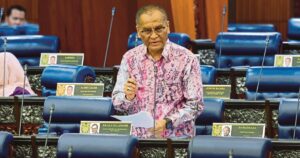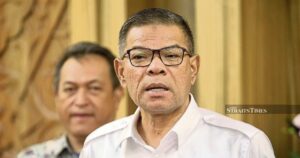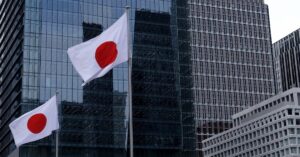KUALA LUMPUR: The government’s proposal to introduce monthly pension payouts under the Employees Provident Fund (EPF) has been welcomed by financial and aged care experts as a much-needed reform to address retirement insecurity among Malaysians.
Unveiled under the 13th Malaysia Plan (13MP), the proposed mechanism seeks to ensure a steady post-retirement income by splitting EPF contributions into two components: one for lump-sum savings and another for monthly pension payouts.
The new structure aims to provide Malaysians with greater financial stability in retirement, especially as life expectancy rises and savings remain inadequate for many. However, a ‘one-size-fits-all’ monthly payout system may not suit all retirees.
Chartered financial consultant and licensed financial adviser Lee Khee Chuan told the New Straits Times that more Malaysians are retiring with inadequate savings, thus a structured monthly payout system will likely help retirees avoid running out of funds too soon.
“With life expectancy rising and many Malaysians retiring with inadequate savings, this is a step in the right direction,” he said, adding that a monthly disbursement model would mimic a steady salary, encouraging better financial habits among retirees.
Lee said this would also indirectly reduce the risk of poor money management among the aged society in Malaysia.
“It’s not uncommon for retirees to exhaust their lump sum within a few years. A monthly pension provides greater financial discipline and peace of mind, particularly for those without strong financial literacy or family support,” Lee said.
The proposal also received backing from those working closely with the elderly.
Meanwhile, Association of Providers of Aged Care (Agecope) national secretary Fong Muntoh said he fully supported the idea, having personally seen many cases of retirees not having sufficient funds to support themselves after retirement.
“As someone deeply involved in aged care for over two decades, I’ve also seen firsthand how unpredictable health costs and poor financial planning can affect quality of life in later years,” he said.
He said a well-structured, monthly pension would provide retirees with greater peace of mind and reduce the risk of depleting their savings too early, something he regularly witnesses among elderly individuals and their families.
Fong said that flexibility and sustainability must be balanced, calling the hybrid model a step in the right direction if supported by good governance and strong contributor engagement.
While experts support the shift, they cautioned against a rigid, one-size-fits-all approach.
“Some retirees will still need a lump sum for things like clearing housing loans or paying medical bills. The system must be flexible, perhaps allowing a partial lump sum, with the remainder distributed monthly,” he said.
Lee also said that public confidence has taken a hit due to multiple policy reversals and pandemic-era EPF withdrawals.
“If we’re locking in retirement savings, transparency and clear communication are vital to rebuilding trust,” he said.
Experts argue that a uniform payout may not serve all retirees equally and that cost-of-living differences between regions should be taken into account.
“A retiree in Kuala Lumpur faces very different expenses from someone in rural Kelantan. A flat-rate monthly payout won’t reflect these realities,” Lee said.
Both Lee and Fong pointed to Singapore’s Central Provident Fund (CPF) Life scheme as a successful model to emulate.
“Under that system, retirees receive automatic, lifelong monthly payouts, with options to defer withdrawals for higher monthly income. What sets Singapore apart is the clarity, structure, and public confidence in the system. Malaysia can definitely learn from that,” Lee said.
© New Straits Times Press (M) Bhd






